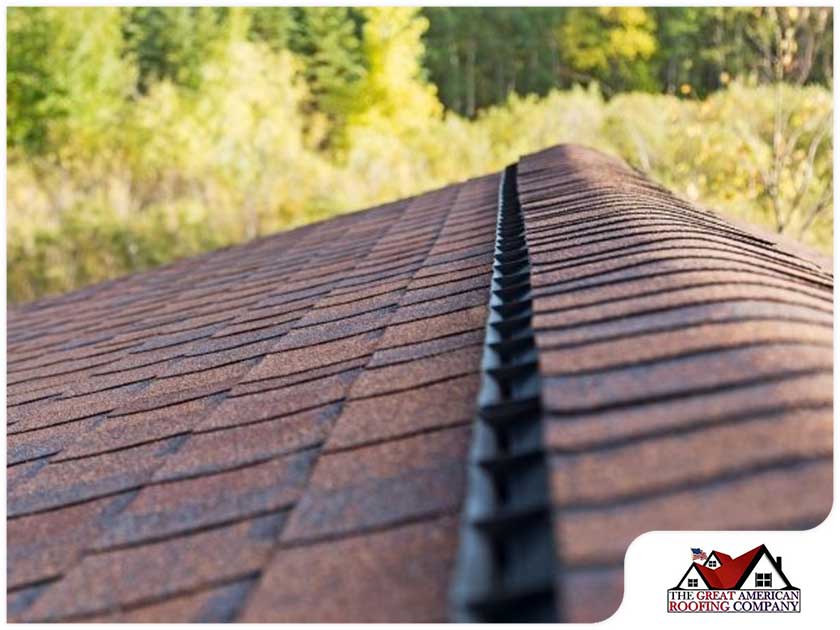
The Importance of Roof Ventilation
Appropriate roof ventilation is critical for the general upkeep and protection of your property. Insulation is a primary concern for many homeowners when it comes to the roof. And while this is a crucial component of maintaining a comfortable home and lowering energy expenses, the reality is that ignoring roof ventilation can have some major and indeed costly, consequences.

An expert roofer discusses in detail how ventilation works in your home and why it is necessary.
-
Prevents Condensation, Mold, and Rot
Moisture rises to your home’s ceilings and, without a vapor barrier, ends up in your attic. The warm air that reaches a cool surface, like the underside of your roof, condenses. The condensation from this “trapping” of air can create an unhealthy environment conducive to mold and mildew growth. Proper roof and attic ventilation keeps insulation dry and prevents condensation damage.
-
Reduce Energy Costs
When the weather gets hot outside, everyone wants to stay cool inside. With appropriate ventilation, heat can escape, lessening the burden on your air conditioner. Less use of the air conditioner implies less electricity used.
-
Indoor Temperature Control
Uneven or non-ventilated roofs might cause significant temperature changes when you go upstairs. Proper ventilation prevents indoor temperature extremes. It lets hot air out and cools the air in. A super-heated attic can increase your heating and cooling expenditures and minimize the roof repair cost. Overall, good ventilation will make your home more comfortable all year.
-
Extends Roof Life
Inadequate roof and attic ventilation can drastically shorten roof lifespan. Condensation, rot, and mold are possible outcomes. Non-ventilated roofs can generate excessively hot attics, causing damage to wood framing, rafters, underlayment, and more. Proper roof ventilation allows that trapped air to escape and increases the life of your roofing system.
-
Avoids Ice Damming